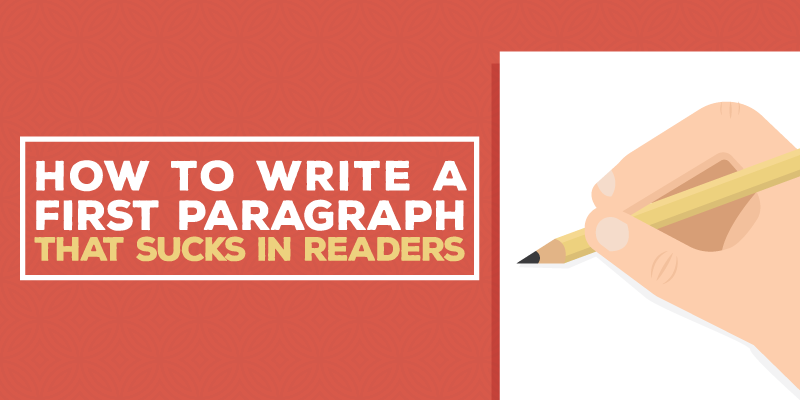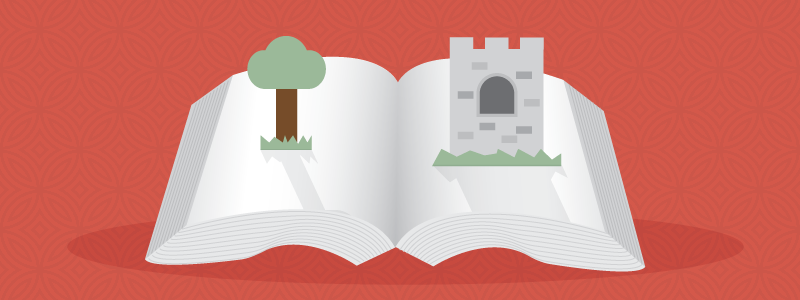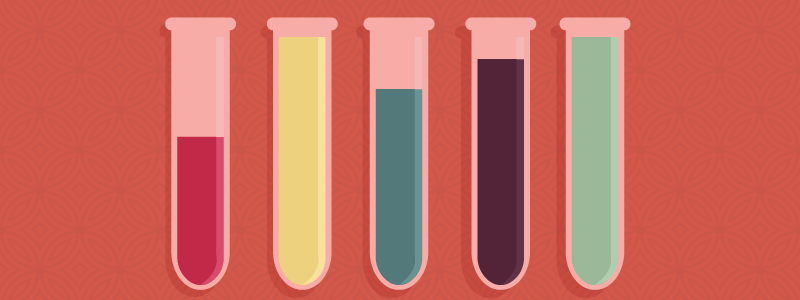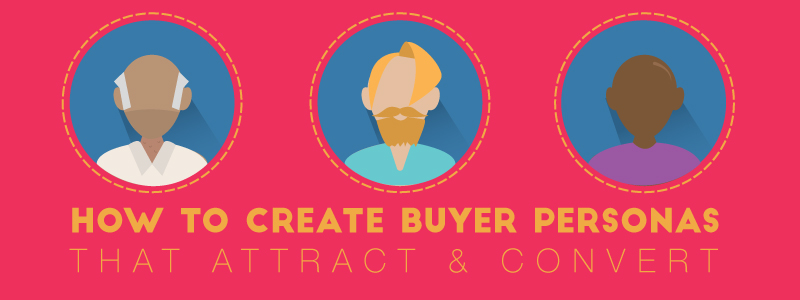20+ writers talk about how to write a first paragraph that captures the attention of everyone who reads it
I’m sweating right now, because if you stop reading in the next few sentences, it’s completely my fault. This first paragraph is the dealmaker or the dealbreaker. If I blow it, you’ll never scroll down to see how to write brain-magnetizing first paragraphs. You’ll miss everything.
Whew, you’ve moved on. I mean, I could have filled that paragraph—my lede—with generic crap about content marketing, but you’d be out of here faster than green grass through a goose. Instead I made two poop references in my second paragraph, because that’s just me.
But maybe I should have made that paragraph about you. Did my neurosis suck you in, or should I have tweaked your insecurity about wanting to write better ledes for your articles because you’re not so sure why you lack in the share and comment departments on articles you think are pretty darn good?
Who are you as a writer? Some of the most talented writers I know are riddled with anxiety. When speaking on writers, Charles Bukowski said, “Bad writers tend to have the self-confidence, while the good ones tend to have self-doubt.”
 But writing first paragraphs should make everyone sweat, no matter how confident you are in the body of words that rush in afterward.
But writing first paragraphs should make everyone sweat, no matter how confident you are in the body of words that rush in afterward.
When you write a book, you hide your lede in the end. The punchline and the twist happen only after you’ve pulled a reader into your created world.
When you’re publishing an article online, you have less than the 9-second attention span of a goldfish to suck a reader in. Humans only pay attention for 8 seconds. Your lede moves to the front to answer the question – why should I keep reading? And, is this article as interesting as its headline?
I asked more than twenty marketers, writers and reporters to describe their strategy for writing better first paragraphs that they use in their own work. They agreed on six major strategies.
Write your first paragraph, last.
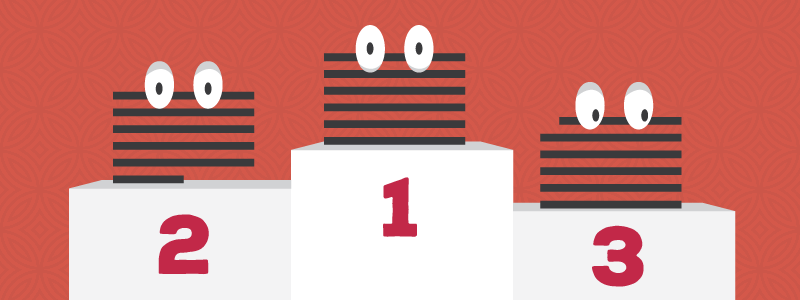
If there’s one thing almost every writer agreed on, it’s that you should never write your first paragraph first. Until you’re done writing, how will you know what the most important thing they’ll learn is going to be?
“Write it last. it’s easier to come up with an interesting lead-in after you understand the article in totality.” – Ben Nettleton, Web Editor, Global Healing Center
“One of the things I’ve learned in my career as a technical writer is that the best approach is to never write the first paragraph (or introduction) until the rest of the writing is done. Once the rest of the writing is done, I have a better understanding of what the most important points are in the document and what points I want to emphasize to the audience.” – Mike Starr, Writer
“Often, I go back and write the lead after I’ve written the rest of the copy, and really know the hooks I can use. I look for combinations of intellectual and emotional appeals. Emotion by itself is empty, and intellect without emotion is lame. ” – Shel Horowitz – Green Business Profitability Expert
“I write the first paragraph after I’ve completed the entire article. I write a first sentence that is a little offbeat, startling or perhaps even controversial. It could be a question. The rest of the paragraph summarizes the article without giving away any details. The final sentence hooks the reader by telling them why they need to continue reading.” – Dee Power, Author
Write the draft, and end edit like crazy.
Another common tip is to write first, edit later. And for sure, obsess over it later, but don’t hold back writing your entire article while you hang on those first few words. Listen to tip #1 and skip right over it if you have to.
“I write a crappy first paragraph to go with a crappy first draft (because first drafts are always crappy). Then I read it over, keep any sentences with potential and throw away the rest. With any luck, one of those sentences gets at the heart of the piece, what makes the story tick and what will make anyone care a whit about reading it. I write that sentence across the top of the page, and my lede is born.” – Justine Tal Goldberg, Writer and Owner, WritebyNight
“As you know, it’s easy to waste hour upon hour trying to write the perfect first paragraph. So I never do that. I just plunge in a write the article, beginning with what I think should go first, but not spending any significant time thinking about it. As they say, writing is re-writing and during the re-write, I almost always find the opening buried someplace in the piece. Usually it can be quickly adapted to fit into its proper place at the beginning.” – Barry Maher, Author, Speaker
Identify your reader.
Speak directly to your reader so that they don’t waste time trying to figure out of their article is for them or someone else.
“I always try to start with context. Who is the article for? Call them out. What is their problem? Mention some aspects of it. What will the article help them accomplish? Give the goals and benefits. That way, they know they’re reading the right article and can relax and focus.” – Brian Carter, CEO and Lead Consultant, The Brian Carter Group
“To write an effective first paragraph I start by imagining the one reader I’m trying to reach. I consider their mindset and the current situation in their world, and draw them in by speaking directly to them in an empathetic way. If there’s something timely to mention (e.g. Google’s Mobilegeddon), I would mention that as well. For example, the first paragraph of a post about SEO for small business could be, Here you are again. Your small business is at risk of losing hard-earned search rankings due to yet another Google algorithm update. How does a business with little marketing budget and even less access to resources keep up?.” – Tom Treanor, Director of Content Marketing, Wrike
“I write from a very personal level, like I’m having a conversation with the person reading it. I also write very short paragraphs, especially up front. If I ask a question, for instance, my first paragraph will only be that sentence. That way people can see it, read it, and think for a moment or two before they read on. It’s not as intimidating that way, and they’re more likely to move to the next paragraph. – Lori Osterberg, Founder, VisionOfSuccess.com
Tell a story.
I told you a story in my first paragraph by making you completely aware of how much pressure was on me to write a blockbuster first paragraph on an article that is supposed to teach you how to write the best first paragraphs of your life! If you’re still reading, phew! If not… I’ll re-read this section ten more times and get back to you.
“Tell a story. Make it captivating. Somehow connect the story with your thesis (don’t be afraid to creatively make this connection). Keep the story brief and succinct. Consider reserving the resolution for your conclusion. Write and re-write your first paragraph, then read it aloud—to others if possible, to a recorder if necessary. Value the feedback. Write it again. Your intro, whether written or spoken, is the most important section of your presentation. In public speaking classes, I told students they have 90 seconds to convince their hearers that they are worth listening to. In writing, particularly online, you’ve got one brief paragraph—two or three sentences—to convince the reader you are worth reading.” – Dan Nygaard, thestarreaders.com
“I look for a thread that can carry the entire feeling of my article’s gist and open strong to provide a good visual. My latest mentioned ‘Mad Men’ and Don Draper to give the reader a visual they could connect with. I then made sure to bring the article full circle to keep the structure of the article within relevant parameters. With the series ending soon, it allowed me to build my point on a trending topic.” – Carrie Aulenbacher, Contributing writer, Fridge Magazine
“One way I start the first paragraph of a new chapter or book out is by writing about a suspenseful or problematic part of the story. Thus, readers will wonder how the problem or suspense will be resolved in the end. They will then keep reading as a result.” – Nihar Suthar, Author
“Try telling a story from your own personal experience; it will help the reader to understand that what you’re talking about has real-life relevance. They’ll also be able to empathize better if there’s a character, stakes, and consequences that they can identify with.” – Vladimir Gendelman, Founder and CEO, Company Folders, Inc
Use a formula.
Some writers use different copywriting formulas to come up with their lede, and others create their own. Formulas are a great way to remind yourself of all the goals you’re trying to accomplish in one short chunk of words.
“For marketing content I use what is called The APP method. This stands for Agree, Promise, and Preview. The introduction (agree) starts off by letting the reader know that you understand their pain. After they get sucked in by agreeing to your opening, you promise them how their problems can be solved. Then the preview tells them exactly what they will be learning from reading the rest of your article. It removes the fluff from the intro and shows the reader exactly what they will gain from sticking around.” – Daniel Lofaso, President & Founder of Digital Elevator
 “The best way attract readers and keep them reading an entire article is to respect their intelligence! A discerning reader is not going to fall for gimmicky opening paragraphs that promise more than the article can deliver. In 120–150 words, clearly sum up the argument and angle of your article. The K-I-S-S principle of keeping it short, succinct and simple especially applies to the introductory paragraph of an article.” – Swetha Venkataramani, Content Marketing Associate, 9Lenses, Inc.
“The best way attract readers and keep them reading an entire article is to respect their intelligence! A discerning reader is not going to fall for gimmicky opening paragraphs that promise more than the article can deliver. In 120–150 words, clearly sum up the argument and angle of your article. The K-I-S-S principle of keeping it short, succinct and simple especially applies to the introductory paragraph of an article.” – Swetha Venkataramani, Content Marketing Associate, 9Lenses, Inc.
“Having been an art critic for over ten years, finding a suitable first paragraph to suck my readers in could be a bit of a challenge. How academic should the article be? Will the general reader understand what I’m talking about? How much referencing to other things should I include? I devised a fool-proof structure that enabled my writings to be translated into over twenty languages around the world:
- Sentence one: A general historic or pop-culture statement relating to my article
- Sentence two: My hypothesis, usually contradicting the first statement
- Sentence three: A question contemplating how my hypothesis could be correct
- Sentence four: A brief hook to foreshadow how I’m going to prove it
– Alexx Shaw, Owner, Alethea Spectacle
“When I write copy to capture the interest of readers, I always start with an interesting or controversial quote from someone famous (The only thing we have to fear is fear itself) or an eye-catching statistic (45 percent of all people will momentarily forget their car keys today). Or perhaps I’ll write that there are 5 things you must do today to ensure your long-term career viability. Or maybe I’d ask the reader a question (Got milk?).
Otherwise, the tried and true 5 Ws and an H have always proven to be quite serviceable for informing or entertaining readers. The journalistic basics are that powerful. So much so that we are now seeing journalistic principles adopted by private enterprises in the form of content marketing.” – Derek Handova, Sr. Content Marketing Writer
- Who did that?
- What happened?
- Where did it take place?
- When did it take place?
- Why did that happen?
- How did it happen?
Grab their attention.

Beyond conceptualizing the piece and drafting it for later, writers also agreed that you have to write a powerful hook. Sometimes it’s a one-two punch. Yo! Read this!
“Instead of cutting right to the chase, I may start out with a sentence to get their attention. Instead of, ‘When negotiating your ideal salary, you must remember these three tips.” I might start with: “We all know negotiating salaries is a little like chewing on broken glass.’ Then, I transition into the advice portion of the story.” – Michelle Garrett, Consultant/Writer, Garrett Public Relations
“If you’re writing marketing… Write your first paragraph like an ad…and follow the adage… Tell them what you are going to tell them. Tell them. Then tell them what you told them.” – Robert Barrows, R.M. Barrows, Inc. Advertising & Public Relations
“Cadence is just as important as content. A strong image and witty wordplay make for strong introductions, but if there’s no variance between sentence structures, readers will be less willing to wade through it.” – Spike Logan, Content Specialist, Creelio
 “I like to grab people right from the first sentence with a question that evokes curiosity AND makes a promise. Something like Would you like to know the best way to gain Facebook likes?. This makes it virtually impossible not to read on. The reader wants to know the best way to satisfy their curiosity, plus so they can use the method themselves.” – Jon Rhodes, AffiliateHelp
“I like to grab people right from the first sentence with a question that evokes curiosity AND makes a promise. Something like Would you like to know the best way to gain Facebook likes?. This makes it virtually impossible not to read on. The reader wants to know the best way to satisfy their curiosity, plus so they can use the method themselves.” – Jon Rhodes, AffiliateHelp
“A powerful and easy way to engage a reader is to begin your article with a strong statement, supported by the key arguments as to how you came to this conclusion. The last sentence of your introduction should link to the first sentence of the subsequent paragraph; helping your content to flow naturally and to encourage further reading.” – Chris McCarron, Digital Marketer, Flash Bang SEO
“When I was a young newspaper reporter I would try to pound out a story before I thought about what I was writing. My editor told me to think about what I would say to my neighbor across the fence, and that was the trick I have used ever since. I start with “Did you know?” and my lede usually follows effortlessly from there. I also think about the three most important things I want to communicate and mention one of them, then I weave the rest into the story.” – Robert S. Godlewski Principal: Communications Partners
“My topic du jour inspires several angles of attack to draw in readers. Generally, these hooks consist of a few common sayings or real-life examples, and if I want something more concrete, I’ll search online for surprising facts. Once my organized chaos of ideas is recorded, I decide which introduction makes the most sense—both being intriguing to the reader and relevant to the topic. The length of my introduction is dependent on the hook I choose. If it’s a story, the lead in can be longer (if I’m sure it helps set the scene and won’t bore anyone!). But if it’s a statistic, it’s more like, “Bam! and that’s why you need to listen to what I’m going to say.” – Jessica Stradley, Content Manager, Front Desk
“The first paragraph is your way into the heart, mind and soul of your reader. It contains all the information that the rest of the piece is about, but does so in a way that entices rather than gives everything away. The first paragraph should allow a reader to feel like they have an idea
but not a complete understanding of what you are expressing.” – Alexander Ruggie, PR Director for 911 Restoration

“It’s 10 O’clock—Do you know where your credit history is? How about your employment records? Your confidential medical information? How would you feel if you found out this sensitive and should-be-private material is vacationing in computer databanks around the world—accessible to corporate interests who can afford to track down and purchase it, but not necessarily open to your own inspection?”
“The 10 O’clock part is a direct emotional hook, recalling the old TV meme,” says Horowitz. “But the lead also includes material for the left side of the brain, about the very real problems of data privacy.”
Would you like to know what I’d add to this list?
- Write more than one, and ask somebody (or somebodies) to pick a favorite. Feel free to recycle the others into the rest of the article.
- Create a list of things that suck – like when Michelle Garrett mentioned chewing on glass – and use those to provoke emotions that anyone can relate to, and that you can use to support their pain points as being truly awful. Think of pleasant things as well.
- Eliminate vague/passive words and expressions. In other words, remove the fluff. Say what you mean to say. Everybody struggles to do this on their own – that’s what editors are for!
What would you add to this list? And would you like us to tell you exactly how to improve your blog? Order a BuzzAudit.

